
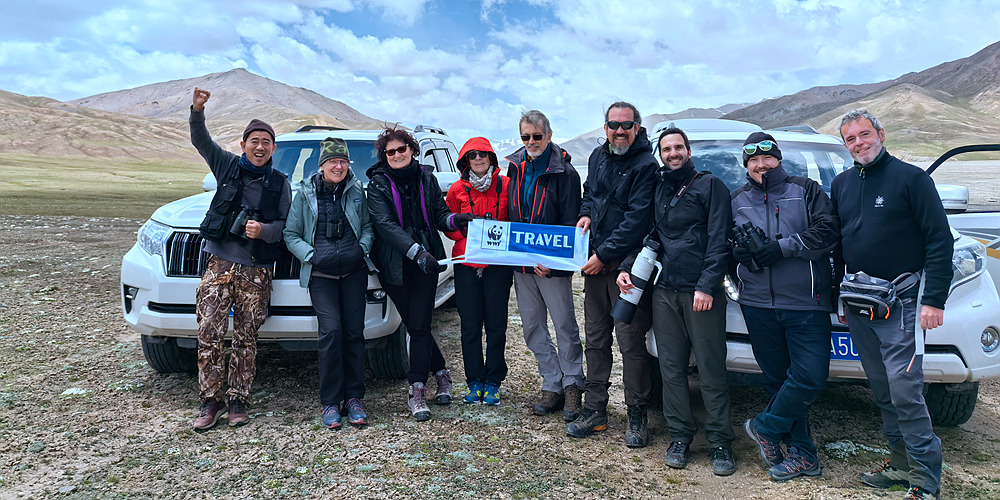
23 June to 7 July 2024
7 Participants plus WWF Leader Davide
Leaded by Tang Jun with two 4WD TOYOTA Landcruisers and Liujinsong/driver
Reported by Dr. Biol. Davide Palumbo
All photos by cell phone by Tang Jun during the trip
|
Day |
Date |
Itinerary |
Hotel |
|
1 |
23 June |
Land Chengdu and drive to Tangjiahe |
Grand Hotel |
|
2 |
24 |
Tangjiahe |
Grand Hotel |
|
3 |
25 |
Drive to Ruoergai |
Tang Gu Te Hotel |
|
4 |
26 |
Ruoergai |
Tang Gu Te Hotel |
|
5 |
27 |
Drive to Maduo |
Yellow River Hotel |
|
6 |
28 |
Arrive at Qumalai |
Bai Xiang Hotel |
|
7 |
29 |
Drive To Xidatan |
Guesthouse |
|
8 |
30 |
Wild Yak Valley |
Kai Bang Hotel |
|
9 |
1 July |
To Gouli (now have to stay outside the valley) |
Ranger’s Station |
|
10 |
2 |
Gouli |
Ranger’s Station |
|
11 |
3 |
Gouli |
Ranger’s Station |
|
12 |
4 |
Morning at Gouli then to A Ba county |
De Lang Hotel |
|
13 |
5 |
A Ba to Wolong |
Si You Hotel |
|
14 |
6 |
Balangshan and drive to Wawushan |
Taohuayuan Hotel |
|
15 |
7 July |
Red Panda then depart in the evening |
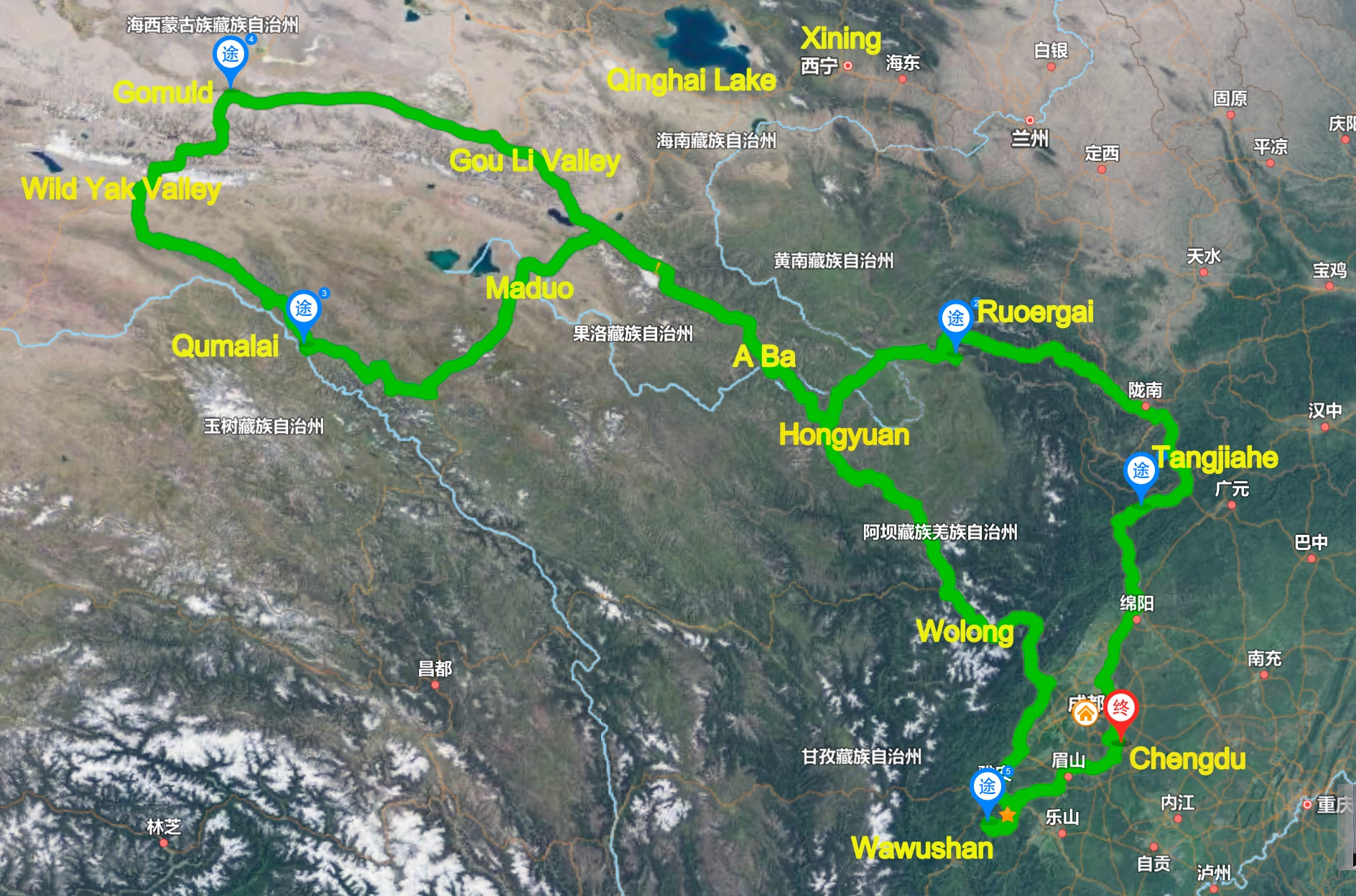
Hi Tangjun,
Everyone reached home safely.It will take time to elaborate a report, but I want to thank you for the wonderful tour. It was definitely a success and I already have been contacted by some clients interested for 2025.
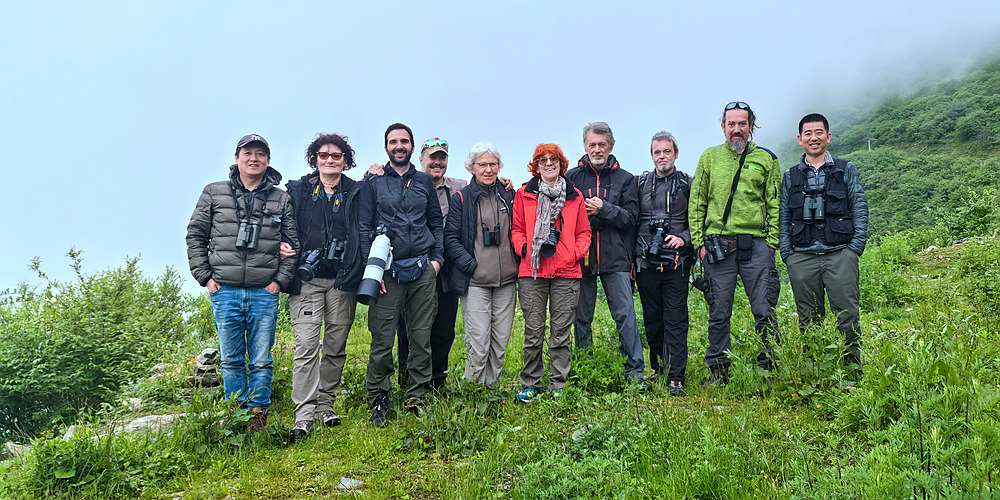
here a temptative translation.
You will have to work on the list of mammals.
CHINA REPORT 2024
So here we are, returning from an unforgettable journey, discovering the fauna of the "roof of the world". SICHUAN AND TIBETAN PLATEAU, between 1500 and almost 5000m, where the great rivers Yangtze, Mekong and the Yellow River originate.
In many respects it was a record-breaking journey: an absurd number of species observed (including numerous "top" targets), sightings of very rare or little-known animals, but also an overdose of boundless spaces and encounters with extraordinary characters (including the guide who accompanied G. Schaller....) on a journey during which we did not meet a single Westerner for two weeks.
The journey begins in Tangjahe National Park, among medium mountain primary forests; iconic animals such as the Takin, the Asian black bear, the golden rhinopithecus and the giant panda live here (present but difficult to observe in nature).
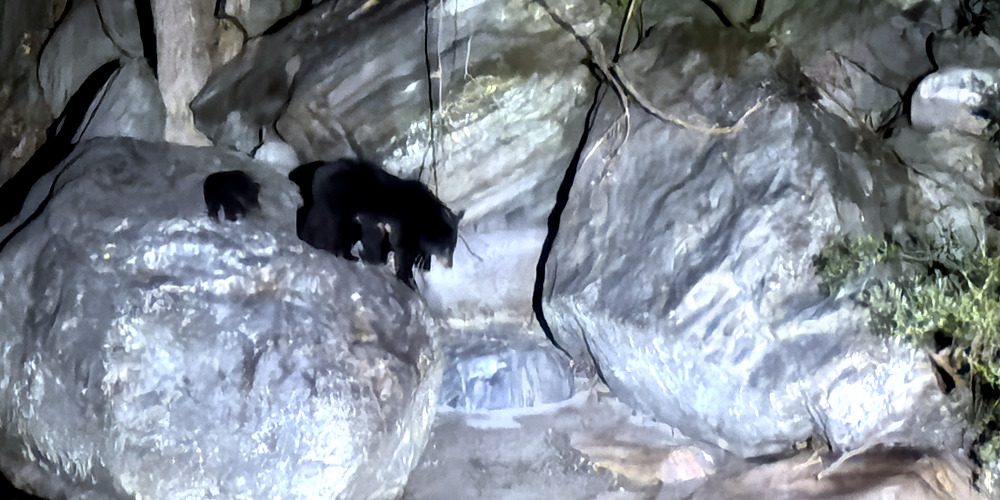
We continue the itinerary progressively rising in altitude towards Ruoergai, where we begin to "taste" the typical grasslands of the Tibetan plateau crossing deep gorges and coniferous forests, habitat of choice for the Sika Deer, the Tufted Deer and the very rare elusive Chinese mountain cat when a night drove.
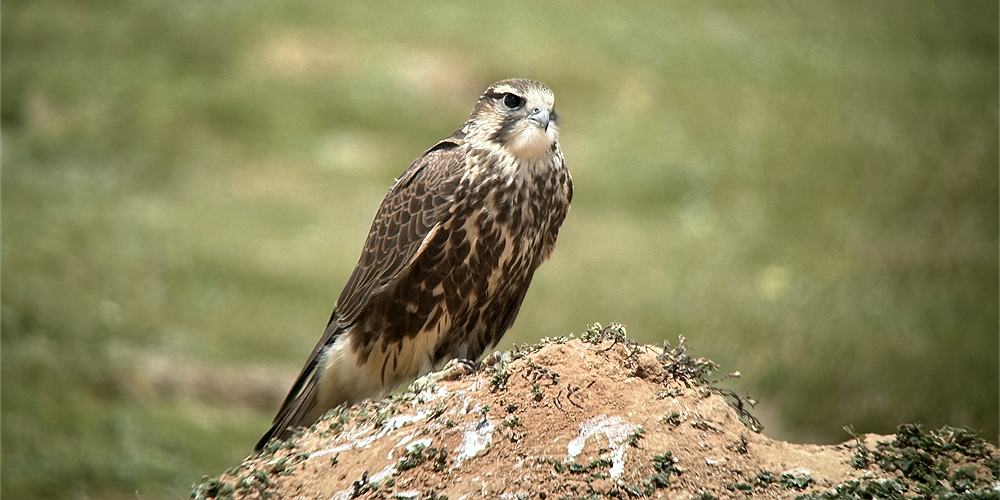
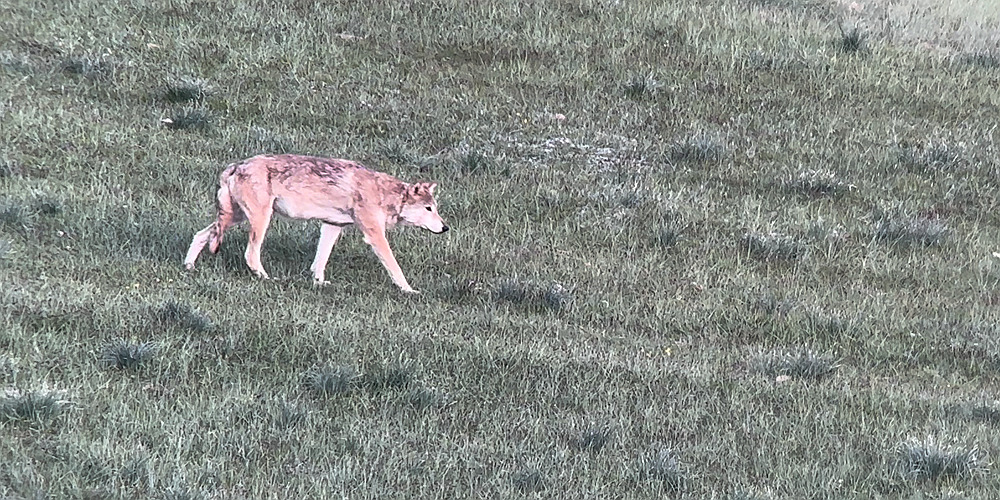
The subsequent stages, typically Tibetan, cross the Sanjiangyuan national park, where the sources of the three mythical rivers Yellow, Yangtze and Mekong are located, the so-called "Wild Yak Valley" (which beyond the large ungulates - among others the Antelopes Tibetans, the Kiang and obviously the wild Yaks - it is a UNESCO heritage site for its geological aspects)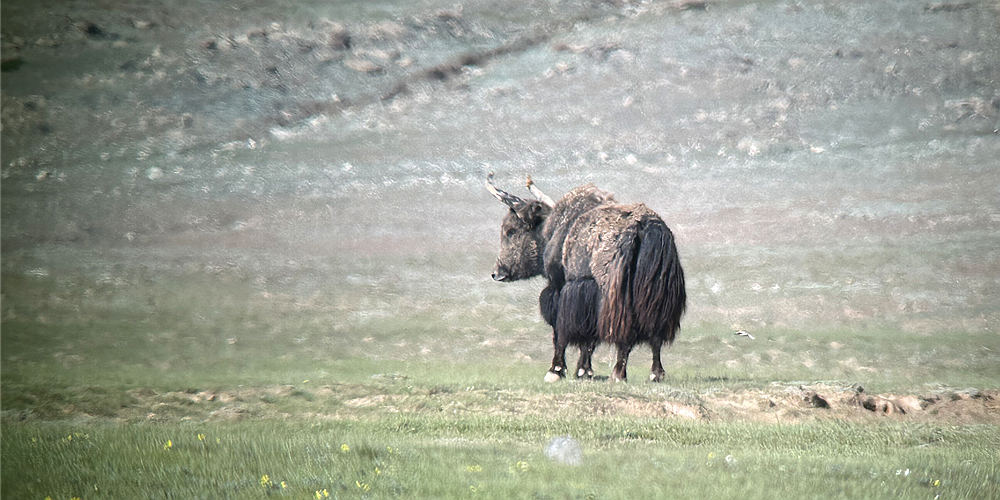
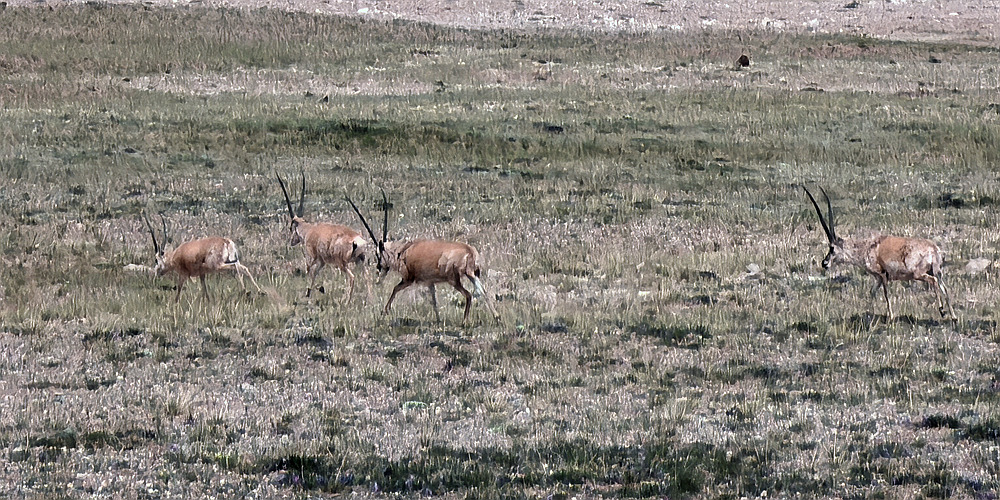
and the Gouli valley system where research focuses on mountain carnivores such as Lynx, Pallas's Cat and Snow Leopard.
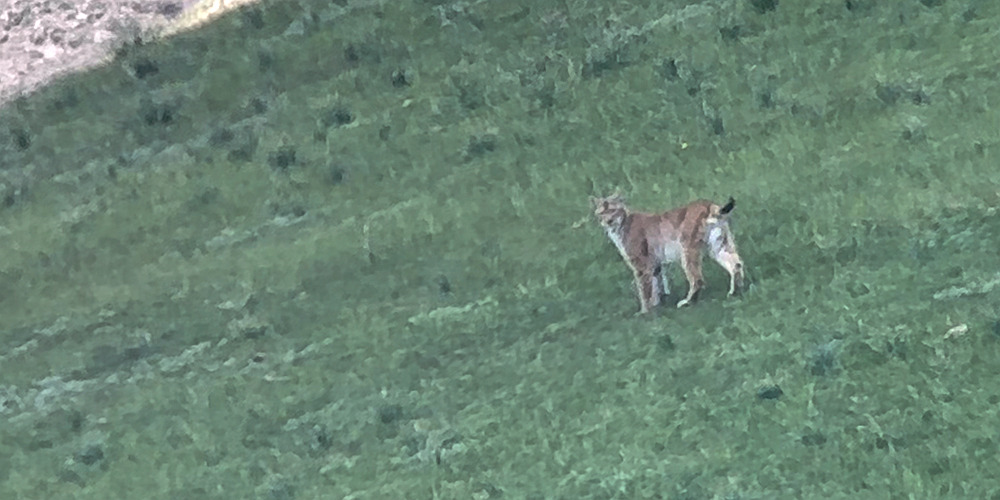
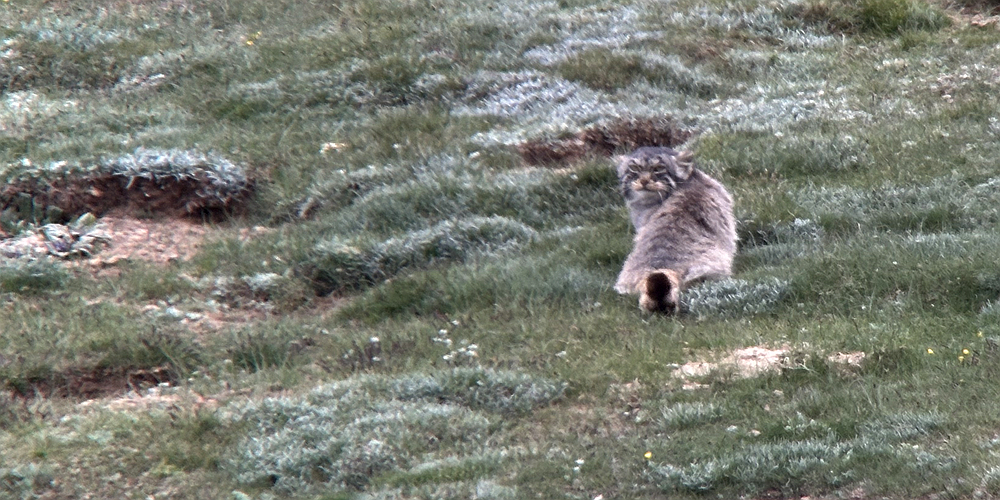
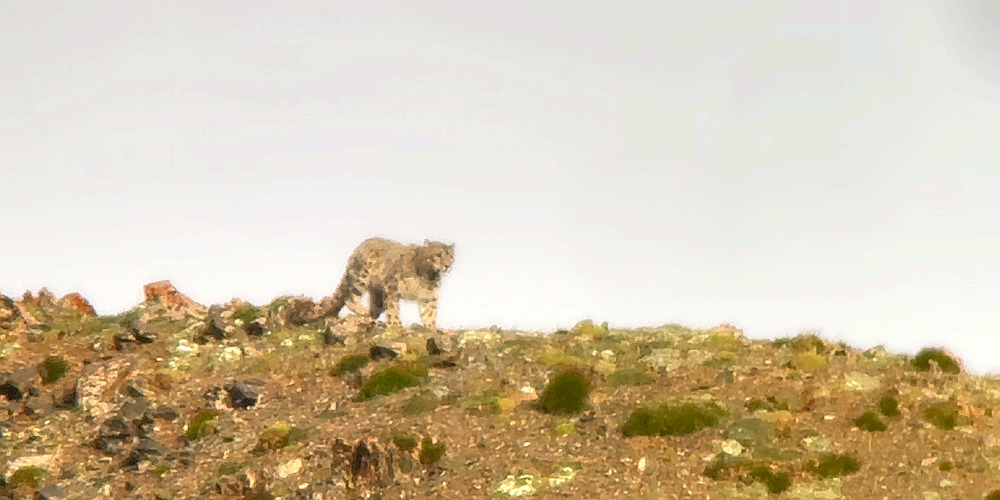
After the fruitful days at altitude, the journey continues towards the county of Aba, an autonomous Tibetan prefecture characterized by unique architecture and numerous Buddhist temples.
Habitat at A Ba county
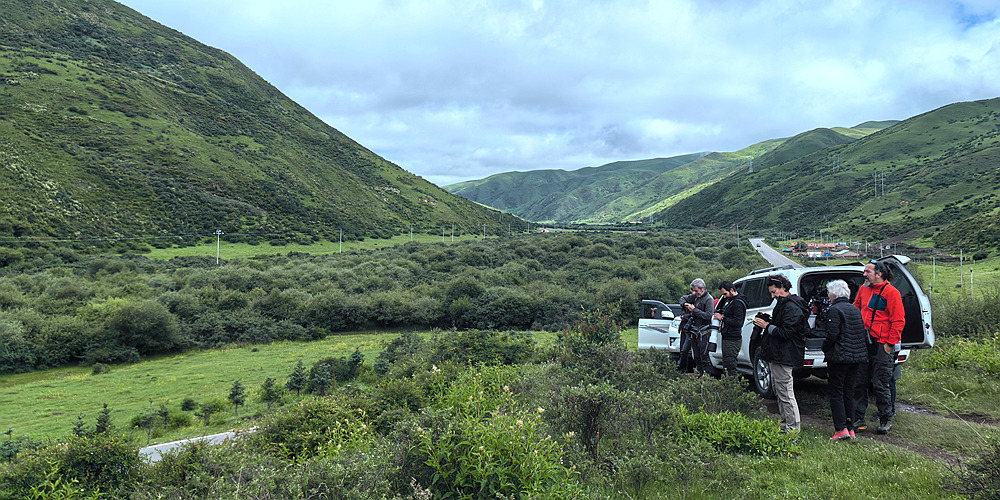
We continue to Wolong National Park, a giant panda conservation sanctuary and to the Wawushan forests, for the observation of the rare Red Panda and for the last stage of this incredible adventure between Sichuan and Qinghai.
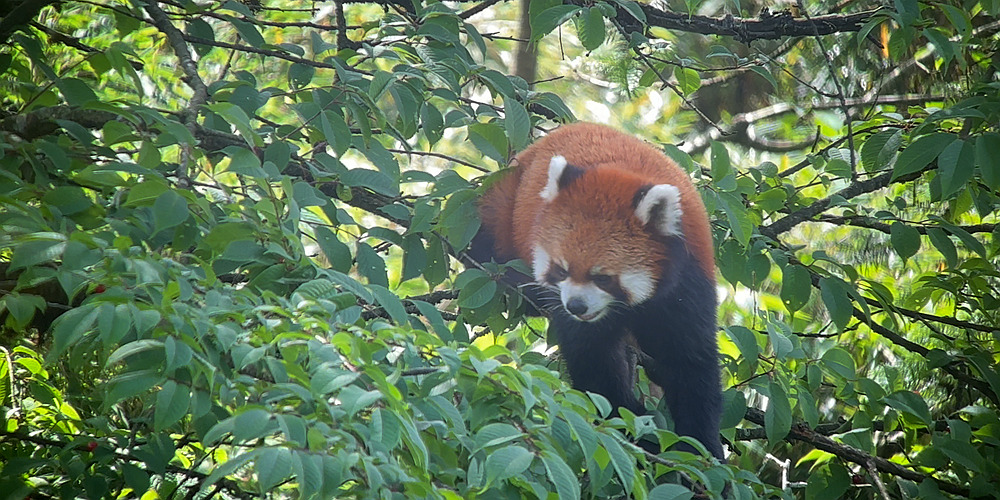
It is difficult to give an idea of the level of naturalistic observations experienced during this two-week (and 5000 km...) adventure without scrolling through the list of species sighted (mammals), reported below. From an avifaunistic point of view, the trip was equally exciting, with extremely qualitative observations of iconic species, such as black-necked cranes, bearded vultures, black vultures, golden eagles, Himalayan griffon vultures, eagle owls, etc.
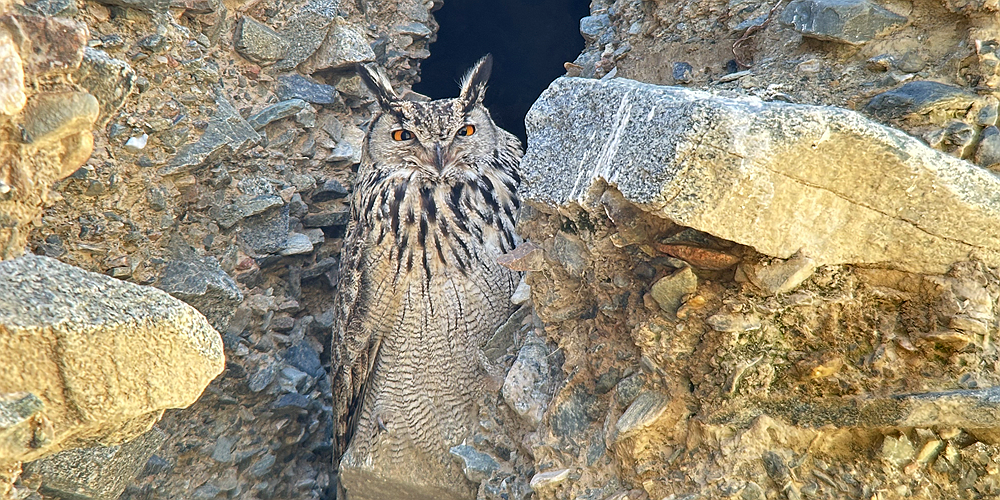
Habitat at Gou Li Valley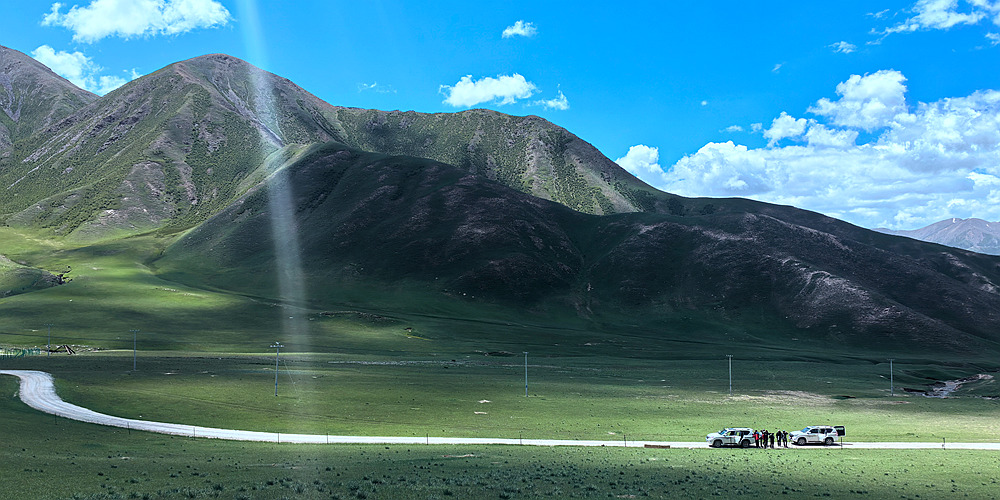
REPORT CINA 2024 in Italian
Reported by Dr. Biol. Davide Palumbo
Eccoci dunque, a rientro da un viaggio indimenticabile, alla scoperta della fauna del °tetto del mondo°. SICHUAN E ALTOPIANO TIBETANO, tra i 1500 e quasi 5000m, la' dove nascono i grandi fiumi Yangtze, Mekong e il Fiume Giallo.
Per molti aspetti il viaggio dei record: un numero assurdo di specie osservate (tra le quali numerosi target "top"), avvistamenti di animali molto rari o poco conosciuti, ma anche un'overdose di spazi sconfinati e incontri con personaggi straordinari (tra cui la guida che accompagno' G. Schaller....) in un percorso durante il quale non abbiamo incrociato un singolo occidentale per due settimane.
Il viaggio inizia nel parco nazionale di Tangjahe, tra foreste primarie di media montagna; qui vivono animali iconici quali il Takin, l’Orso nero asiatico, il Rinopiteco dorato e il Panda gigante (presente ma difficile da osservare in natura).
Proseguiamo l’itinerario salendo progressivamente di quota verso Ruoergai, dove iniziamo ad “assaggiare” le praterie tipiche dell’altopiano tibetano attraversando profonde gole e foreste di conifere, habitat d’elezione per il Cervo Sika, per il Cervo dal ciuffo e del rarissimo ed elusivo Gatto di montagna cinese.
Le tappe successive, tipicamente tibetane, attraversano il parco nazionale Sanjiangyuan, dove si trovano le sorgenti dei tre mitici fiumi Giallo, Yangtze e Mekong, la cosiddetta “Wild Yak Valley” (che al di la’ dei grandi ungulati – tra gli altri le Antilopi tibetane, i Kiang e ovviamente gli Yak selvatici - e’ patrimonio Unesco per gli aspetti geologici) e il sistema di vallate di Gouli dove la ricerca si concentra sui carnivori di montagna come Lince, Gatto di Pallas e Leopardo delle nevi.
Dopo le fruttuose giornate in quota il viaggio prosegue verso la contea di Aba, prefettura autonoma tibetana caratterizzata da un’architettura unica e dai numerosi templi buddisti. Si prosegue per il Parco nazionale di Wolong, santuario della conservazione del panda gigante e per le foreste di Wawushan, per l’osservazione del raro panda minore e per l’ultima tappa di questa incredibile avventura tra Sichuan e Qinghai.
Difficile rendere l’idea del livello delle osservazioni naturalistiche vissute durante questa avventura di due settimane (e 5000 km…) senza scorrere l’elenco delle specie avvistate (mammiferi), riportato di seguito. Dal punto di vista avifaunistico il viaggio e’ stato altrettanto esaltante, con osservazioni estremamente qualitative di specie iconiche, quali gru dal collo nero, gipeto, avvoltoio monaco, aquila reale, grifone dell’Himalaya, gufo reale, etc..
Habitat at Wild Yak Valley
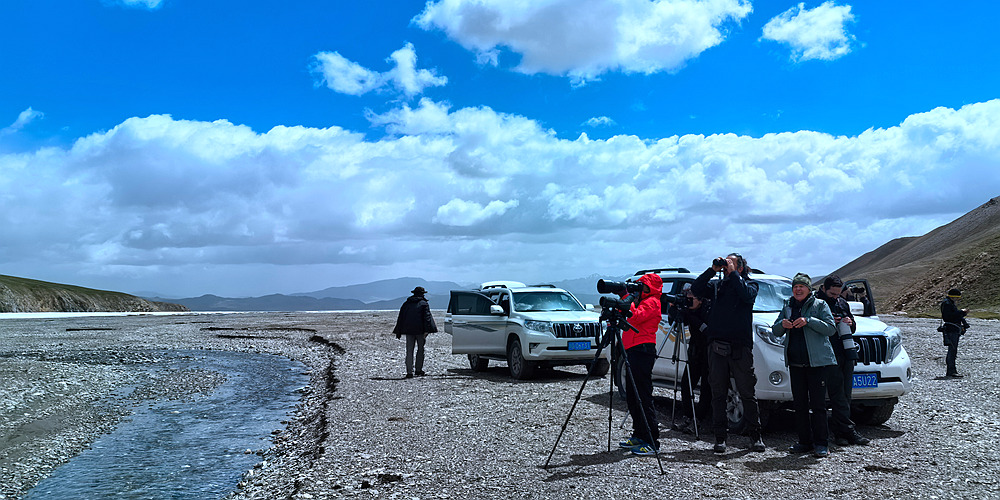
Checklist mammiferi Cina (Sichuan e Qinghai)
Primates - Cercopithecidae (Scimmie del vecchio mondo)
Rodentia - Sciuridae (Scoiattoli e marmotte)
Lagomorpha - Ochotonidae (Pika)
Lagomorpha - Leporidae (Lepri e conigli)
Carnívora - Canidae (Lupi e volpi)
Carnívora - Mustelidae (Tassi, lontre, donnole)
Carnívora - Viverridae (genette e Zibetti)
Carnivora - Ursidae (Orsi)
Panda gigante (Ailuropoda melanoleuca) - breeding center, NON in natura
Carnivora - Felidae (Gatti e pantere)
Carnívora - Ailurudae (Panda rosso)
Artiodactyla - Suidae (Cinghiali e facoceri)
Artiodactyla - Cervidae (Cervi)
Artiodactyla - Bovidae (Bovini e antilopi)
Peryssodactyla - Equidae (Cavalli e asini)
Kiang (Equus kiang). Diverse decine di esemplari in diverse località sull'altopiano.

Habitat at Wa Wu Shan where the Red Panda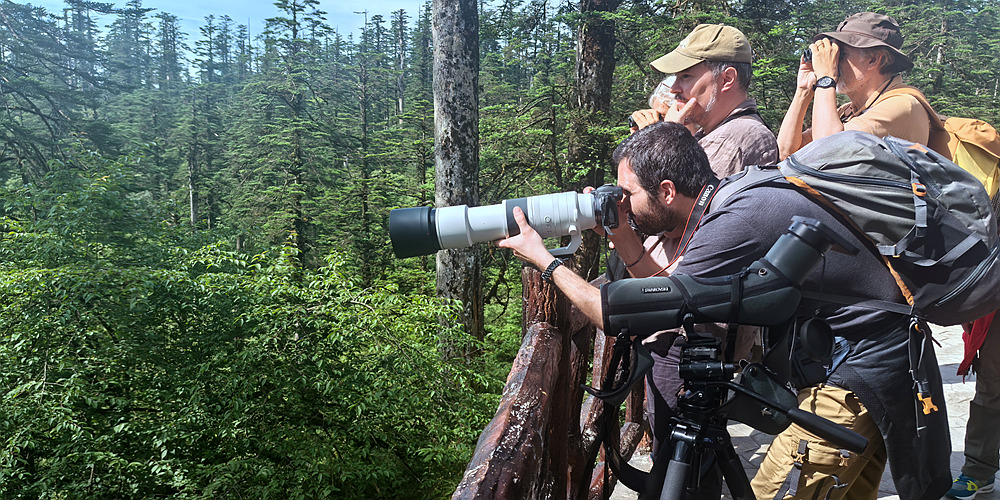
Habitat at Gou Li Valley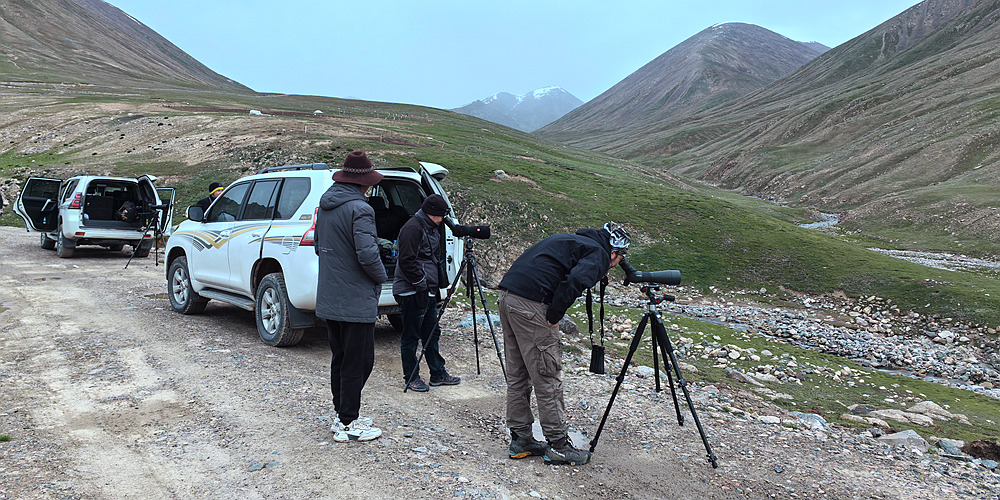
© 2015-2035 China Mammal Tour. All Rights Reserved
Website design, development and hosting by ChinaIdo